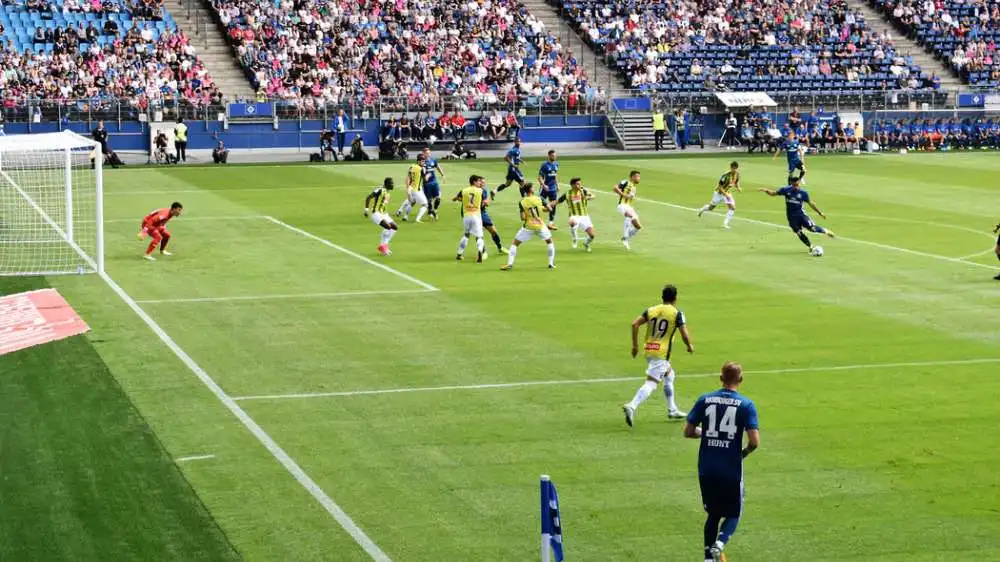
American soccer has often been seen as lagging behind its rivals in Europe and Latin America. This is changing every day. From higher standards to better stadiums and infrastructure, soccer is quickly establishing itself as a major fixture in America’s sporting landscape. This article explores why this is the case.
The quality of soccer in America is improving. There are many reasons for this, including better coaching and better infrastructure from school-level soccer to academies.
In addition, the style of play is changing and teams are increasingly looking for more creative midfielders that use their skills to open up defenses rather than rely on a direct approach, which has often been characteristic of US players in the past. As a result, they stand a chance of making an impact at future World Cups.
Since the 1994 World Cup, the popularity of soccer has grown. This is partly due to success on the international stage and increases in coverage on TV both domestically and overseas. It’s also due to an increase in clubs having academies that provide jobs for Americans at all levels of experience.
Crowds are getting bigger, too; this is particularly true of MLS, the main professional league in US soccer. Recent championships played to crowds of over 60,000, which is comparable with many leading European leagues, including the English Premier League, which attracts over 40,000 attendees per game on average.
The infrastructure is also improving with state-of-the-art stadiums being built at all levels of the game. This means that even when fans are able to watch their teams, they can get a taste for soccer in high tech arenas. The MLS clubs have benefitted most from this, but many other lower league clubs have good facilities built to attract a future generation of fans.
The minimum length of a soccer field dimensions is 110 yards, but many leagues allow fields up to 130. The more stringent FIFA standard means that some clubs' pitches only have 100-120 yard lengths instead of the maximum allowed by law - this does not mean these smaller areas cannot host games!
The next World Cup will be hosted by North America in 2026, which means that Mexico and Canada will join the US as co-hosts. Not only does this mean that facilities are world-class, but it also ensures greater exposure for soccer on TV, which has helped to grow the sport - particularly among younger audiences. It also means that there is more investment in coaching and training, which will help to develop the game at school level although this has been boosted by the US Soccer Foundation’s efforts to improve facilities for children across the country - not just in major cities.
This investment in infrastructure has helped develop the game as a commercial entity. After all, gambling on soccer is becoming more and more popular alongside more traditional areas like NFL betting. There are also more merchandising opportunities that help to build franchises.
Having more teams in the MLS means that there is more exposure for soccer alongside other sports like basketball.
This has helped to strengthen fan loyalty and bring new people into the game, which benefits everyone especially considering that ticket prices are relatively low compared with European leagues.